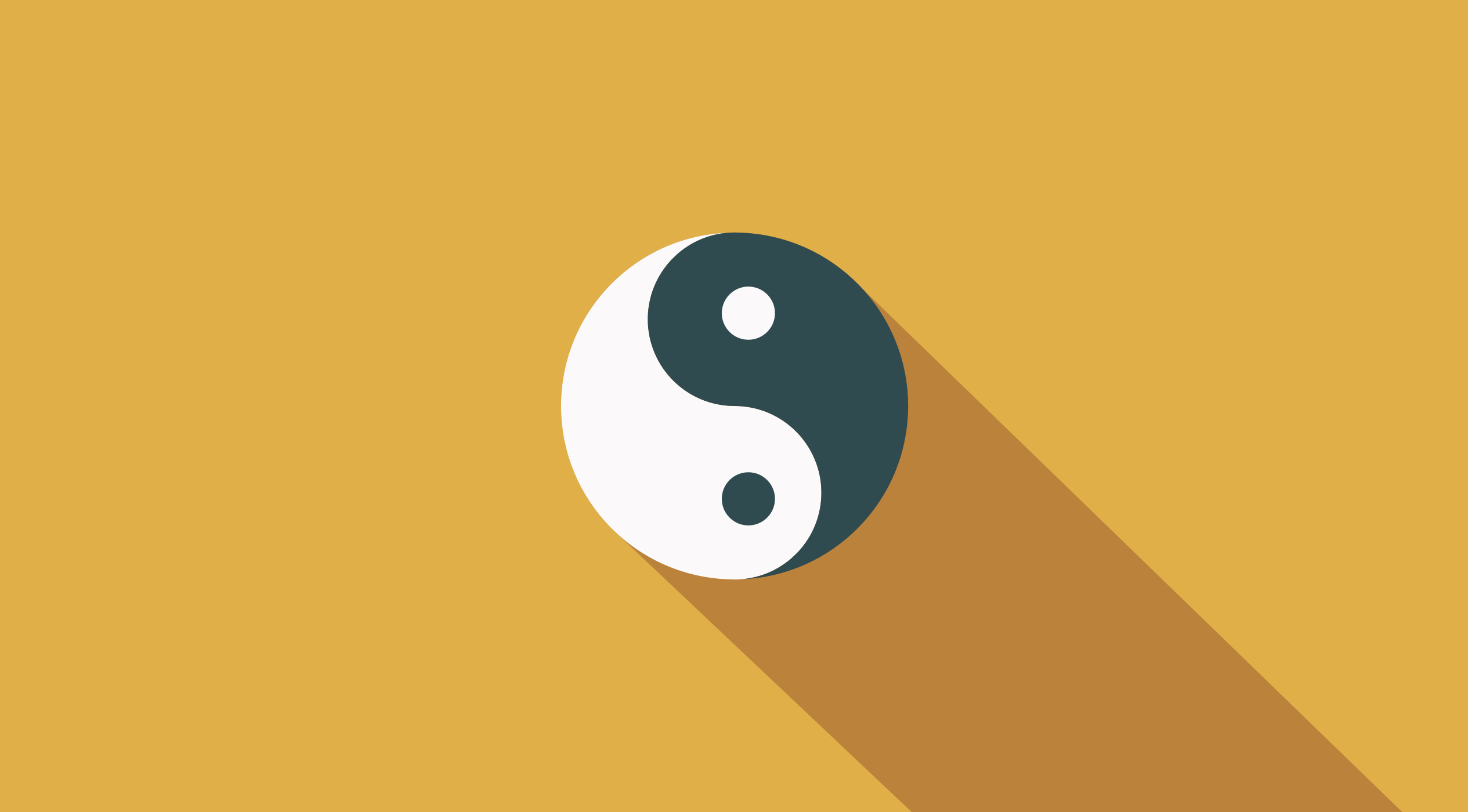Minimalism and Maximalism are two polar opposites, the Yin and Yang, two concepts that tie into every aspect or known field of work including literature, art, scientific researches, and media. More recently, these two elements have become rather essential and relevant to the business and commerce industry with many applications in marketing and advertising sectors.
With ecommerce now taking up electronic and digital platforms, there’s even more room to elaborate and exemplify the two titular models, specifically when web design is concerned. Below, we’ll take a look at various examples from across the web that demonstrate the depth of the two concepts and what is best suited for your ecommerce venture.
Analysing the relevance of each trend
For the better half of history, companies around the world have employed the Minimalist approach with their brand marketing and promotion.
Though you can attribute to the lack of technology or knowledge in that regard, it can be boiled down to the risk factor: most businesses wanted to keep it safe. A Minimalist design gets the message across as clearly as possible and without any distractions.
Thanks to a neat design, the spotlight is always on the product or a snippet of text that the business wants its viewers to look at. In this way, the design, especially the homepage, is more about the feel, experience or tone of the brand rather than exposition or information display
To demonstrate, this is what you’ll be greeted with when you visit Adidas right now.
Though there’s an animated gif rather than the illustration below, you can still observe the web design is quite minimal.
To represent its niche, the joggers take the spotlight. Users can get more information from the navigation bar at the top or simply by clicking either of the ‘Shop Men’ or ‘Shop Women’ buttons. Take the popular electronics brand next, Apple.
All you can observe is a single illustration of their current or upcoming product. There’s a lot of black/negative space with no information, but it’s just there for contrast.
In this case, the elegance of Apple and its slick design is defined by this blank black background which perfectly complements what’s being displayed on the mobile’s screen, and ultimately, what’s being displayed on your screen.
From the above two examples, you can get an idea of what strengths a Minimalist design thrives on.
With a restricted colour palette, inclusion of a handful of interactive buttons, organized structure, mostly negative space and always a large background image to add to the niche, the design works in its own way.
On the other hand, in a strikingly different contrast, we have a Maximalist design.
Though, this concept has only recently gained traction, one shouldn’t be so surprised if it has taken a stroll across some of the prominent streets in Tokyo.
From the sheer size of the font and cluttering of different stylized writings, a Maximalist design is more of an ‘in-your-face’ kind of approach, which can work quite effectively.
For one, it immediately catches the viewer’s attention thanks to a wide variety of colour schemes within a single advertisement and content that ‘screams’. Compared to its counterpart, a Maximalist design utilizes all the space that it can get to cramp relevant content.
Take Pin-Up’s example for instance.
At first glance, it looks like a magazine cover. Well, that’s probably because it was intended to be one, since Pin-Up is a popular UK-based architect designs magazine.
It’s only when you scroll down a little, you get to know what the company’s about along with the navigation bar.
Thus Maximalist designs take a more artistic approach with flashy colors and design, low-resolution pictures as opposed to the gigantic background images of a Minimalist design, and text almost everywhere on the page.
This represents more of the creative aspect of the marketing approach thanks to the innovative designs, albeit appearing a bit jarring in its outlook.
There’s also a technique that some brands like to employ: a hybrid of the two types of designs. Though Sophie and Trey's upper half of the page is more simplistic with just an image for the new arrivals and a pretty looking caption, scrolling down there’s much more info and illustrations to process with in the below collage and the extra snippets of text.
This makes for a unique and interesting choice of design in itself too.
What’s more appropriate for YOUR ecommerce venture?
If you’ve been following the examples of both the designs in question closely, then you’ve probably reached a conclusion. A minimalist design is best suited for renowned brands with the likes of Apple and Adidas.
It’s also more fitting should the ecommerce site concern a professional business service that does not lean on the media spectrum of things.
Furthermore, sites aimed at exclusivity and luxury items including those promoting jewellery, expensive line of wines and automobiles may opt for keeping things subtle for a more subdued approach.
On the other hand, we have young rising ecommerce companies, businesses providing media services, firms targeted at individuals who always demand excitement and visual flair in their products.
Thus, Maximalist designs can be aimed at energy drinks companies, extreme sports merchandise, art & pop culture platforms and any business that embodies a surge of energy and an innovative and artistic approach to fashion and cultural trends.
Conclusion
To sum up, there’s no definitive winner here in the battle of two contrasting designs.
Though a Minimalist approach is often safer and less risky proposition, it can feel dull and timid to the bold design of a Maximalist scheme.
For industry veterans and global companies, a minimalistic approach to their web is more fitting. Yet, for the cultural geeks and the fanatics of all new trends and fads, they can always change the landscape with a Maximalist design.









